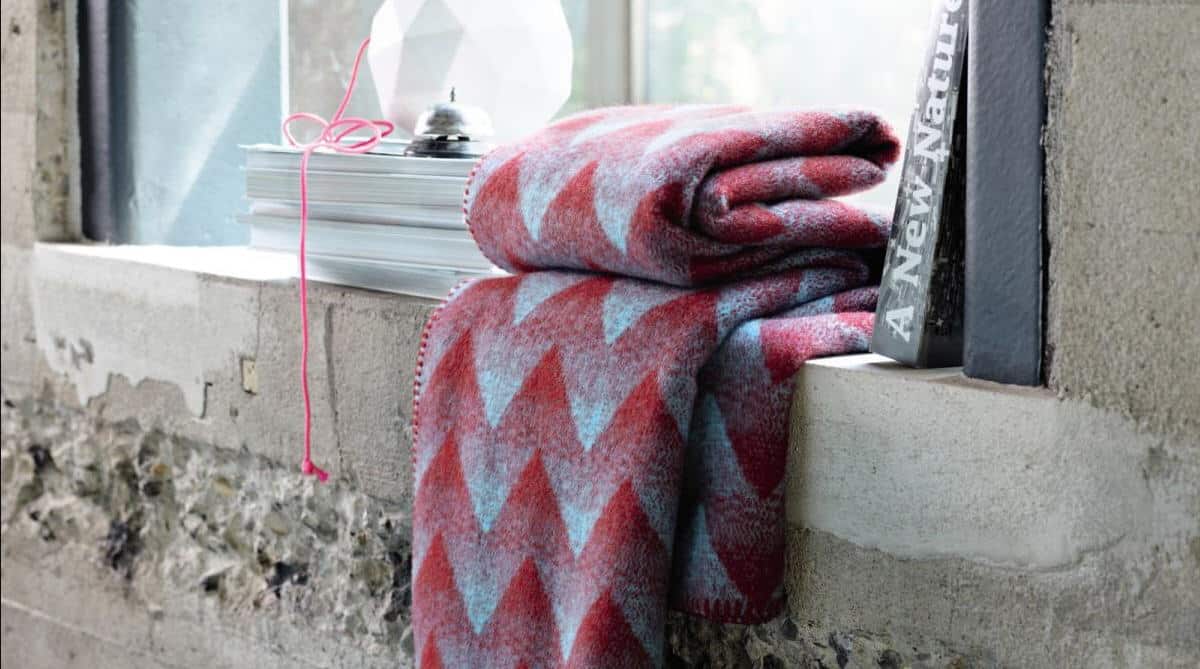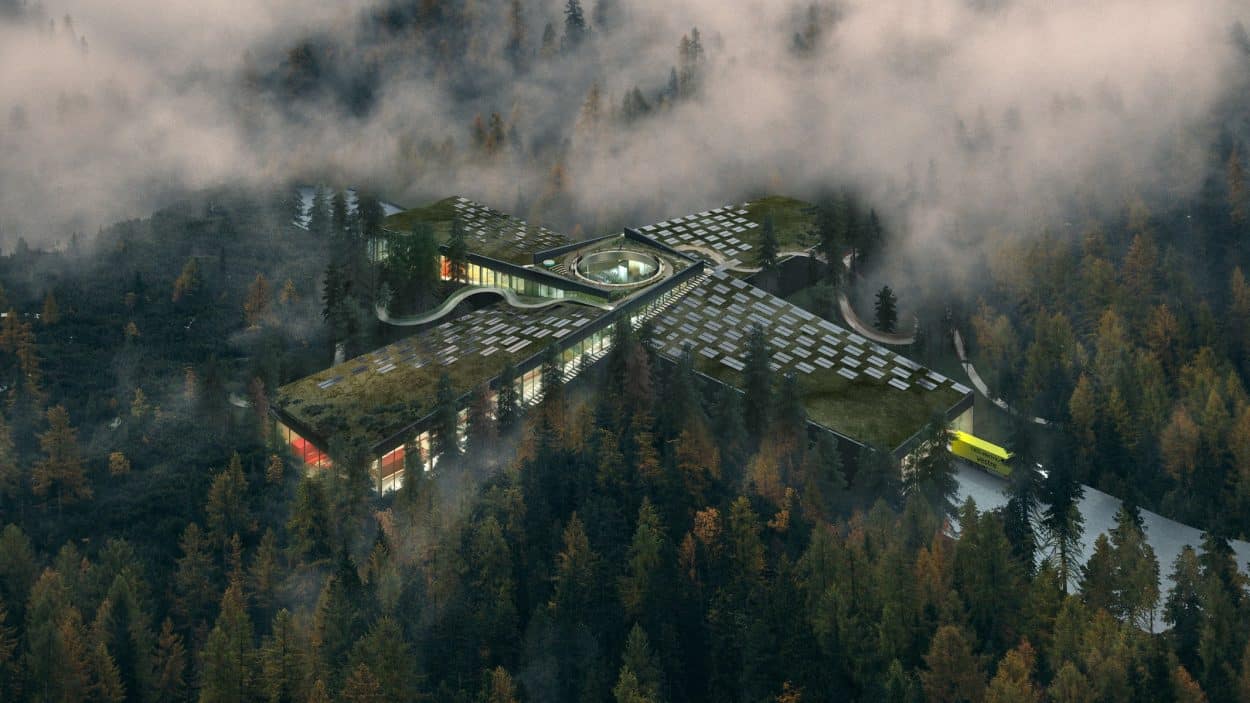At a time in history when the sustainability of our planet has never seemed more important, Design Talks hosts Norway’s leading architects, designers and manufacturers to discuss the Norwegian approach to sustainability and symbiosis in design.
On July 14 and 15, Design Talks welcomed speakers from Vestre and Norsk Industri as well as other designers and architects to participate in an online event held by Design Pavillion to discuss the importance of symbiosis with nature and why sustainability is so important when creating and manufacturing new products.
Our World in Data reported a shocking statistic of 36.2 billion tonnes of carbon emissions produced by the world in 2017. This data also reports a 2.7% increase in CO2 emissions each year with the industrial processes being a leader in this global emissions increase.
Not much has changed in the world since this data has been released. However, Norway has taken action in big ways and has quickly become one of the world’s leaders in sustainable design.
Egil Sundet, director for the association of Norwegian design industry division and Federation of Norwegian Design Industries said on Design Talks that a key practice he and the rest of Norway are proud of is the newly implemented EPD (Environmental Product Declaration). This new tool is helping Norwegian producers to produce better sustainability data and find better more environmentally friendly materials to use to reduce their carbon footprint.
WATCH: A replay of the live event here and here
Sustainability is the key ingredient in finding a solution to save our world. Both Ragnhild Grytten, project manager for the association of Norwegian design industry division and Federation of Norwegian Design Industries and Sundet know this to be true and continues to work tirelessly with other political officials to continue to decrease the number of carbon emissions coming from manufacturing, as well as reducing the number of textiles found in landfills.
Sustainability Efforts Bring Economic Opportunity
For many companies around the globe, the short term losses in capital can seem like too big of a feat when deciding whether or not they should explore more sustainable ways to create their products; however, Jan Christian Vestre, panel speaker for Design Talks and CEO of Vestre, a sustainable furniture manufacturer, says in his interview with Forbes that design and sustainability should always go hand in hand:
“There are crucial factors to overcome. Dare to think bold. We aim to become the most sustainable furniture brand in the world. Nothing less. Make people believe in the vision. It creates extreme motivation and creativity. Follow your heart and gut feeling more than traditional ROI analyses. I mean, we are entering into new business models where classic economic models do not always apply. Focus on the goal ahead, not that much on the short-term results. Because there will be huge advantages for them who have dared to lead the way.”
Vestre’s goal for the past 70 years has been to create furniture that creates results socially, financially and environmentally. They believe that sustainability in all aspects of a business are achievable and have committed to making their products with these goals in mind.
READ Sustainability Vs. Affordability And How Industry Leaders Manage Both // Norwegian designers point the way towards a circular economy // BIG designs furniture factory for Vestre in the Norwegian forest
Norwegian Designers Making a Difference
In addition to interviewing Norwegian officials and leaders, Design Talks also included many designers of sustainable materials and products such as Hilde Kvivik Kavli, marketing and communications manager for Roros Tweed and Sonja Djonne, CEO of Heymat.
“I think a lot of implementation of new technology is done to keep costs down, often at the expense of the planet”, said Hilde Kvivk Kavli, speaking on behalf of Roros Tweed, a sustainable wool company.
Hilde and Røros Tweed believe that it is important not to compromise in the quality and tradition of their heirloom products and think that the implementation of new technology is most necessary when it is used to further develop sustainability efforts.
Sonja Djonne, CEO of Heymat in the discussion, laid out three specific aspects of their products that they find to be most important.
“For us, we hope to be on the top (of innovation) and always produce sustainable products. There are three dimensions that are important to us: functionality, design, and sustainability.”

ABOUT THE AUTHOR

Molly Mosby is a Dallas native who is studying strategic brand management at Southern Methodist University. Since 2019, she has studied Advertising and Brand Management while gaining experience through multiple internships at numerous notable companies such as Southern Fried Paper Company, The Muscular Dystrophy Association, and Creative Talents Worldwide. In addition to interning, Molly has also gained real-world experience by starting her own seasonal decor business, Pommies by Molly.
When not working, Molly enjoys serving her school as a student ambassador, marketing director for The Big Event, marketing committee member for Alpha Chi Couture, and co-captain for the SMU Pom Squad. Molly also enjoys volunteering for Meals on Wheels, The Rockwall Animal Shelter, Feed My Starving Children, and The Boys and Girls Club of America.











